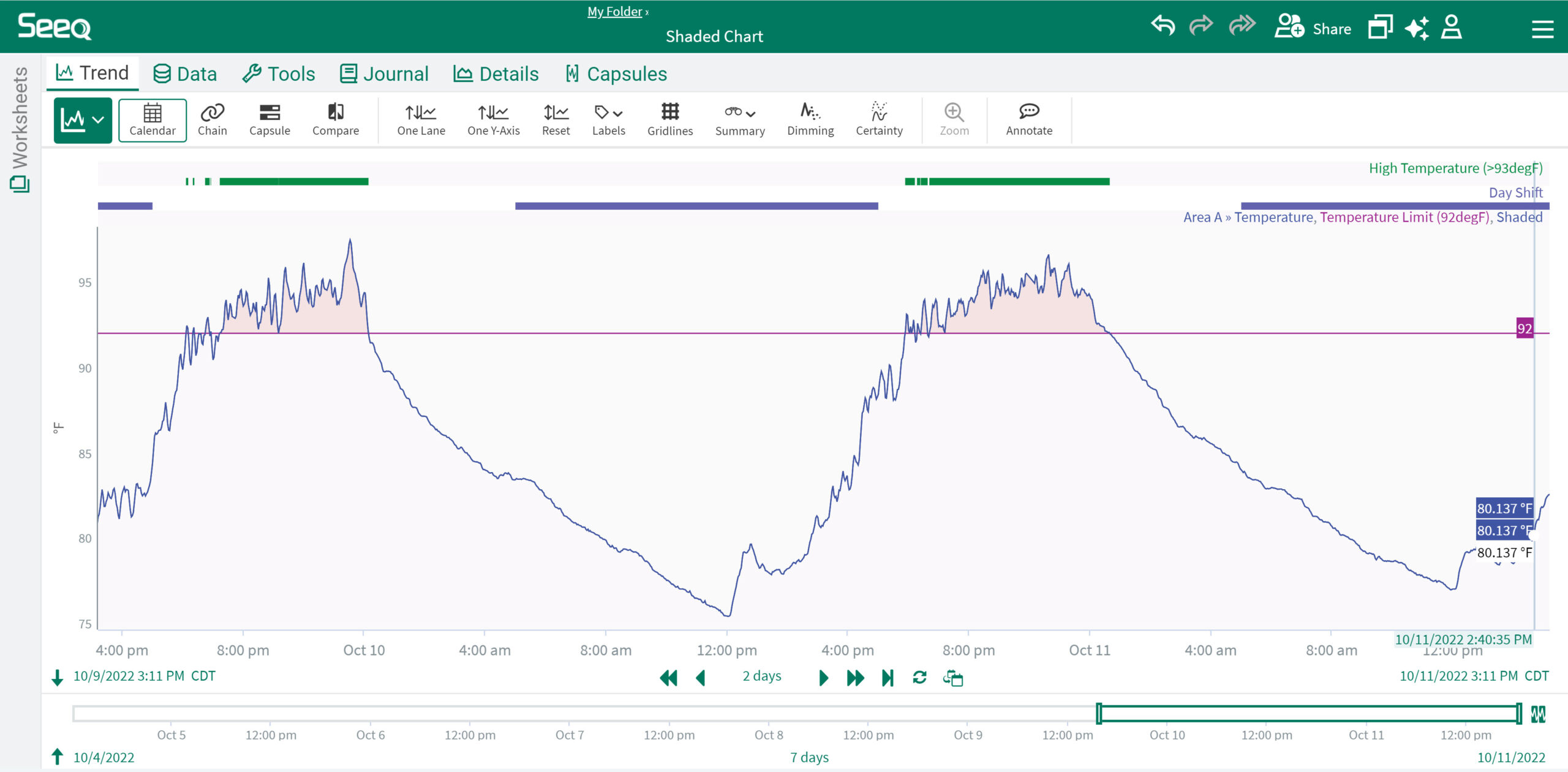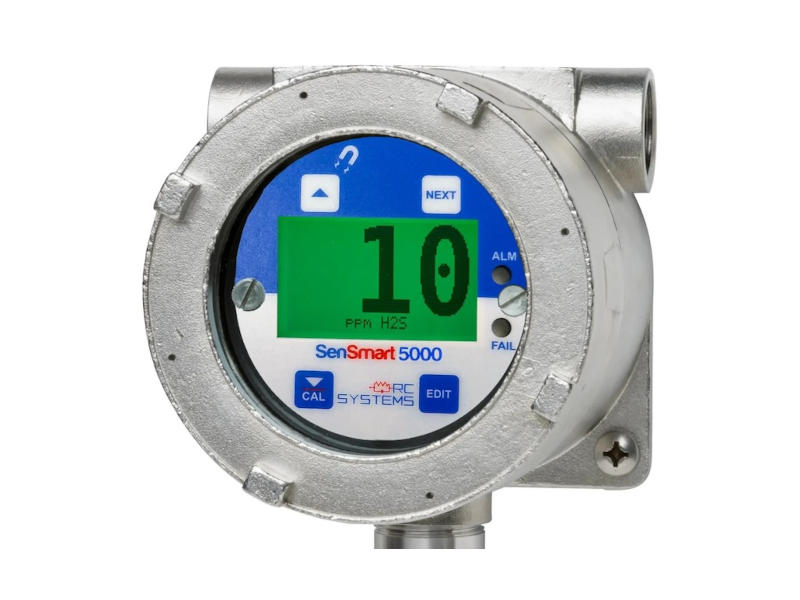Strength comes from global performance model integrated with measured data.
The phrase “digital twin” has been used since 2002 to represent the joining of data with a virtual model of an asset, whether it be a component, process, or system. The asset’s condition and performance can then be assessed in virtual space using the model capabilities. Digital twin models ideally are suited for asset integrity management and operational guidance of floating production systems (FPSs).
Asset integrity management programs for FPSs depend on a combination of inspection, analysis, and measured data. These three tools often are applied separately. Digital twin models allow for the integration of these three tools. Existing digital twin models developed for FPSs have thus far been focused on facilitating inspection programs or evaluating the response of hull and deck structures.
However, a recently developed digital twin model focuses on the global performance-riser, mooring/tendon, and motion response-of the FPS. The FPS digital twin model combines—in a fully automated fashion—measured data and analytical tools for superior insight into FPS behavior. The digital twin model provides opportunities to:
- Maximize production
- Help plan future events and reduce downtime
- Reduce instrumentation and data analysis demands
- Aid in development of risk-based inspection and condition-based maintenance programs
- Provide fault detection
- Enhance life extension and continued service evaluation efforts.
Motivation and development
The primary goal of any integrity management program is to demonstrate that a system or component is fit-for-service throughout its service life. Operators of FPSs understand that a robust integrity management program includes using measured data and analysis and up-to-date facility and component models. However, the labor associated with reviewing the sheer volume of data generated and the evaluation of analytical models presents challenges to effective implementation.
The FPS digital twin model automates the data review and analysis tasks, allowing personnel to focus on applying the insight derived from data and analysis to maintenance and operational responsibilities. The development of the FPS digital twin is facilitated by the emergence of robust data-cleansing algorithms and the progression of analytical tools that effectively replace activities previously dependent on some level of human intervention.
The basic system architecture of the digital twin model is shown in Figure 1. The digital twin ideally is integrated into the existing business systems that receive and utilize data. The core is comprised of virtual models, data analytics, a predictive engine using a fully coupled global performance model, and measured environmental and system response data from instrumentation or other available sources. The information generated by the predictive engine and analytics is then uploaded to the client’s system.
The predictive engine performs the system assessment. The process for the system assessment is shown in Figure 2. After data is collected, it must be cleaned properly. At this point, the sensor health also can be assessed. The model is then run using the available measured data for a specific time period. Analytical model results can be used in conjunction with the available measured response data to perform an assessment of system health.
The assessment response of an FPS is complex and dependent on environmental loading-including wave, wind, and current-and the interaction of the components of the system, including hull/topsides structure, mooring/tendons, and risers.
Therefore, when exercising the global performance model, the predictive engine must be sufficiently robust to account for missing or unavailable data as well as discrepancies between predicted and measured responses.
Running the model can be an iterative optimization cycle, as shown in Figure 3. The measured data is used as both input to and validation of the global performance model. A simple example is the relationship between the wave environment and the vessel heave response. For a given wave environment, the model can be used to determine heave response.
However, if there is no wave data available, the model can be used to determine the likely wave environment that would create the observed heave response. This iterative process ensures that the predicted model behavior matches data measured from the physical asset. The process also can identify improbable or unrealistic measured data that otherwise would appear to be reasonable using traditional data analytics.
The two fundamental pieces of the digital twin model are measured data and system models; the usefulness is completely dependent on using clean measured data and having accurate model predictions. The data cleansing routines evaluate the raw data for errors such as: flat-lined data, white noise, data clipping, outliers, discontinuities, repeated values, and lack of correlation. Robust data cleansing solutions reliably identify and rectify data errors.
The global performance software used is a proprietary software package, validated through extensive project use and comparison to measured data available from significant storm events. Images of representative global performance models are shown in Figure 4. The global performance models use a 6 DOF rigid-body representation of the hull/topsides and include discrete models of the mooring/tendons and risers.
Best results are obtained when the global performance model is validated under various weather conditions using measured environment and response data. Structural assessment of the hull and topside components can be performed by applying transfer functions developed from detailed finite element models.
Functionality and benefits
The primary power of the digital twin model comes from the integration of the global performance model with measured data. Thus, the effectiveness of the digital twin model is tied directly to the accuracy of the global performance model predictions. Figure 5 shows an example of the comparison between measured data and global performance model predictions for the top tension of a tension leg platform (TLP) tendon and the TLP offset.
The time-period shown includes two significant storm events. The excellent comparison of tendon tension between the high-quality measured data and predicted response ensures a high level of confidence in the validity of the model accuracy. The comparison of TLP offset shows the large level of noise associated with the GPS data. The comparison of offset responses is better for larger events; however, for day-to-day events the GPS data could not be used reliably to perform detailed facility assessments.
The digital twin model functionality provides numerous benefits through the automation of the physics-based model and data analysis/processing, beyond simply eliminating the labor effort typically required to perform these tasks. Real-time continuous assessment is provided by the basic functionality of the digital twin architecture. The assessment performed is more thorough than if the system were evaluated separately using either data or analysis.
The digital twin model allows the data and analytical model to work together to provide an understanding of the FPS’ response to actual conditions experienced rather than assumed conditions. Floating systems analysis performed during the design process or typical off-line assessments must make assumptions regarding loading to reduce the number of analysis cases to a reasonable number.
Examples of these assumptions are demonstrated in Figure 6 for metocean parameters and vessel offsets. It is obvious from the figure that the measured data shows significantly more variation than the assumptions typically made. This variability in actual conditions experienced can be especially important when determining accumulated fatigue.
The benefits of the digital twin model stem from having:
- A cleansed version of the measured data, facilitating data examination and use
- Real-time continuous facility assessment using measured data and analytical models
- The ability to perform hindcast and forecast assessments for operational support
- Real-time detection of sensor functionality, key performance indicator (KPI) exceedance, and system changes that would trigger further assessment
- “Virtual sensors” providing information for components without instrumentation using the physics-based model
- Automatic extreme-value and fatigue monitoring of the system using both actual and virtual sensors, helping ensure safe operation and feeding into continued service assessment.
Additional capabilities
The digital twin model provides continuous monitoring and simulation of the FPS, generating a virtual data stream for all components of an FPS, including areas that are either inaccessible or without instrumentation. KPIs are generated and tracked automatically for immediate performance feedback. Continuous monitoring and automated data analysis identify instrumentation failures and anomalies and responses above identified threshold values.
Extreme values of some responses can be used to verify regulatory compliance. For example, extreme mooring tensions for synthetic mooring systems can be compared to allowable levels to ensure additional insert testing is not required. Automatically generated fatigue accumulation, which is determined using the combination of simulated response and measured response, can be leveraged for integrity management assessments, tie-back/expansion assessments, and continued service assessments.
The model can also reduce instrumentation costs by eliminating the need for data other than basic motion response and environmental parameters by leveraging the behavior predicted by the digital twin. This scaled-down instrumentation system is easy to maintain, without sacrificing information provision or system performance.
Similarly, data lost from sensor failures is replaced easily by digital twin model output. Furthermore, model predictive capabilities allow for “response-based operation,” whereby operations can be planned using the predicted system response in forecasted environmental/operating conditions.
Hindcast and forecast capabilities allow for assessment in the same way that real-time data can be evaluated. Data either previously measured or from a forecast of future events can be used with the global performance model to predict past or future events. For past events, this means that the FPS response can be assessed for the entirety of the available data record. Simulated response of the FPS driven by hindcast environmental data can fill in any gaps in the measured response data caused by instrumentation system outages (e.g., a power outage during a hurricane).
For future events, the FPS response can be evaluated to determine whether predicted response will remain within operational limits for a planned task or whether any system components may be highly loaded during a severe weather event.
The validated digital twin model acts as a “virtual sensor” and provides response information regarding components whose instrumentation data is unavailable. The inherent global performance model includes discrete models of the facility, risers, and mooring lines or tendons. The response information available from the model includes motion response of the facility—including offset, velocity, and acceleration—and motion, tension, bending moment, and stress behavior for the risers and mooring lines or risers. This response information can be used to determine fatigue-damage accumulation along the entire length of a mooring line, tendon, or riser, including critical locations where direct instrumentation is challenging, as for example, a steel catenary riser touchdown region. This functionality also can be used to reduce the instrumentation demand (and associated maintenance costs) for a facility.
An understanding of the actual response to conditions experienced over the FPS service life has obvious benefits for life extension efforts, and tie-back and expansions projects. This information also aids in the development of risk-based inspection and condition-based maintenance plans since plan development is in part dependent on understanding the system’s operational history.
Previously unavailable
A digital twin model, having a fully coupled global performance model driven by measured data, has been developed. Benefits of the technology are many, including:
- The ability to quickly perform hindcast and forecast assessments to support operational decisions, assessments, and planning, potentially resulting in significant reductions in operations delays and downtime
- Real-time continuous assessment of a facility using analytical data to supplement erroneous or missing measured data
- Real-time detection of sensor functionality, KPI exceedance and system changes that trigger further assessment
- Provision of maintenance-free “virtual sensors,” delivering information for components and significantly reducing the use of physical instrumentation requiring maintenance
- Automatic extreme-value and fatigue monitoring, helping to ensure safe operation and providing historical information needed for continued service assessments.
The implementation of the digital twin provides insight into floating systems behavior previously unavailable, while enhancing management of a facility.
Scot McNeill, David Renzi, and Dilip Maniar are principals with Stress Engineering Services Inc.



